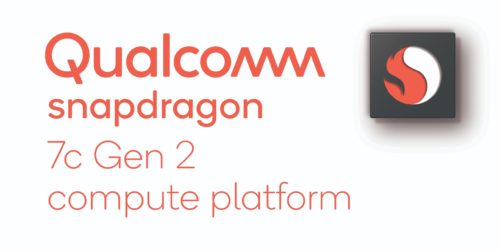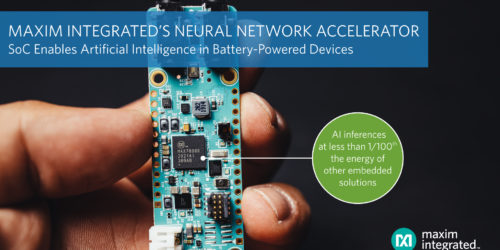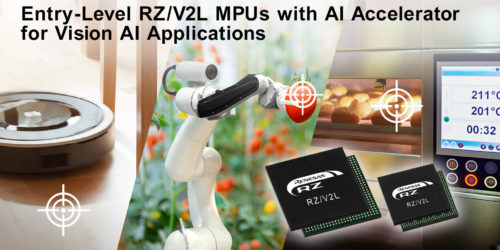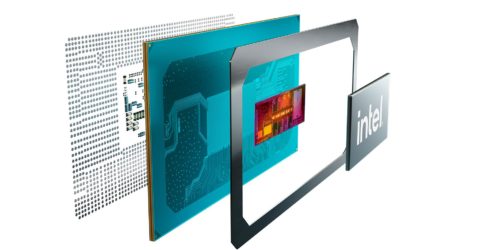Announced at Google I/O 2021: Regular Google NNAPI Updates to Qualcomm Snapdragon Mobile Platforms
May 20, 2021 – San Diego – Getting the latest software updates and features on your smartphone is key to a better user experience and adds excitement to the devices you use all the time. In late 2019, Qualcomm Technologies announced GPU updateable drivers — a first in the mobile industry. Just like how you […]











